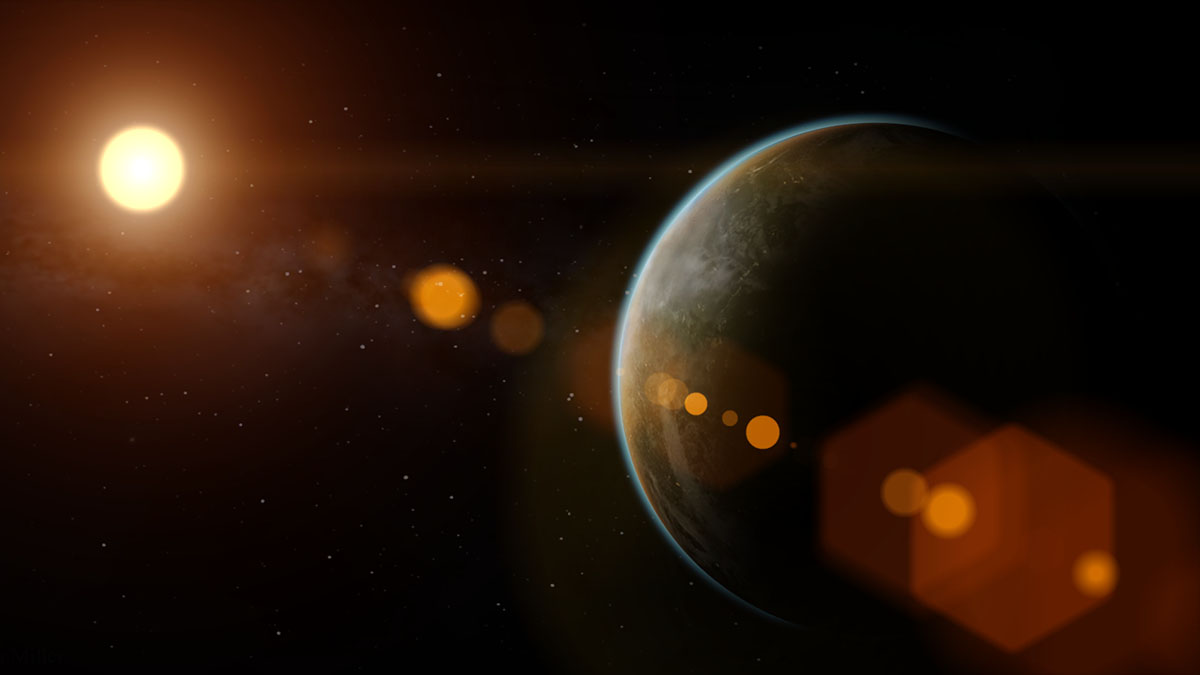kepler delivers its first exoplanet menagerie

After looking at a tiny fraction of the stars in our sky, Kepler found over a thousand candidate planets around alien suns and is starting to give us a more accurate census of worlds beyond our solar system. And keep in mind that those 1,235 exoplanet candidates, detected over four months from a survey of 156,000 stars, will be just the tip of the iceberg. Since the telescope looks for transiting planets, worlds that pass in front of the star they orbit and cause a slight dip in the light Kepler sees, a few months only give us a quick peek. If there’s an alien counterpart to this mission, it would have to monitor the Sun for an entire year to see us since that’s our orbital period, so to get a true survey of exoplanets, Kepler would need to stare at the same patches of sky for years on end, and even then, we would know that planets may be orbiting their stars at angles which make a transit detection from our vantage point impossible, and that our data will always be incomplete. But despite the fact that we’ll probably never get a precise tally of exoplanets, what Kepler found so far is encouraging.
First off, rocky planets either as big as ours or super-Earths make up 29% of the sample. So much for all the popular science shows’ concerns that we can’t seem to find worlds more like ours in the night sky. Of course, most of the exoplanets found before this announcement were gas giants; they were the only worlds massive enough to accurately detect by measuring the gravitational tug on alien suns. Small, rocky worlds lack the heft they’d need to exert enough of a tidal pull on their stars to clearly and consistently register on our instruments, and that means watching for them to transit between the target star and a telescope’s mirror is the only good way to detect them. So if terrestrial planets make up close to a third of our first quick survey, that means there are plenty of planets like Earth, Mars, and Venus out there, along with their much larger versions, which could be up to seven times the mass of our world; any more than that and it’s thought that gravity would cause such a huge and heavy planet to crack under its own bulk. I also think it’s worth pointing out that a bigger planet will be easier to see since it would block a lot more starlight and would be easier to confirm, so the survey’s bias towards larger and heavier worlds may be more of an instrument issue than just the way things are.
Speaking of bias towards larger and heavier worlds, it was surprising to see Neptune-sized planets making up slightly more than half of all detected candidates. Again, I would like to chalk this up to the relative ease of detecting for a large world, but the sheer amount of planets in this size category makes me wonder. Going up to the heavyweight planetary division, even with all the odds of being easily found on their side, alien Jupiters made up just 13% of the tally, which makes perfect sense since massive worlds need to collect plenty of gas and dust during formation, and with the turbulent environment of a young solar system, only a few will make it to the upper echelon of gas giant-hood. Now, mind you, this distribution doesn’t necessarily provide accurate models of planetary populations across the cosmos, but does give us a few hints and confirms several basic ideas we’ve had all along. There are plenty of rocky worlds, huge gas giants like Jupiter would be the minority in most solar systems, and there are lots of smaller gas planets. And there are also some 54 candidates in the habitable zones of their stars, four of them Earth-sized and the rest going up in size from there. We might have four second Earths on our hands if the data holds, and when we consider that super-Earths and moons of gas giants with a thick enough atmosphere could also host life, the potential of this survey is just amazing to say the least. We can’t say we found extraterrestrials, but we may have found 54 places where they live.





